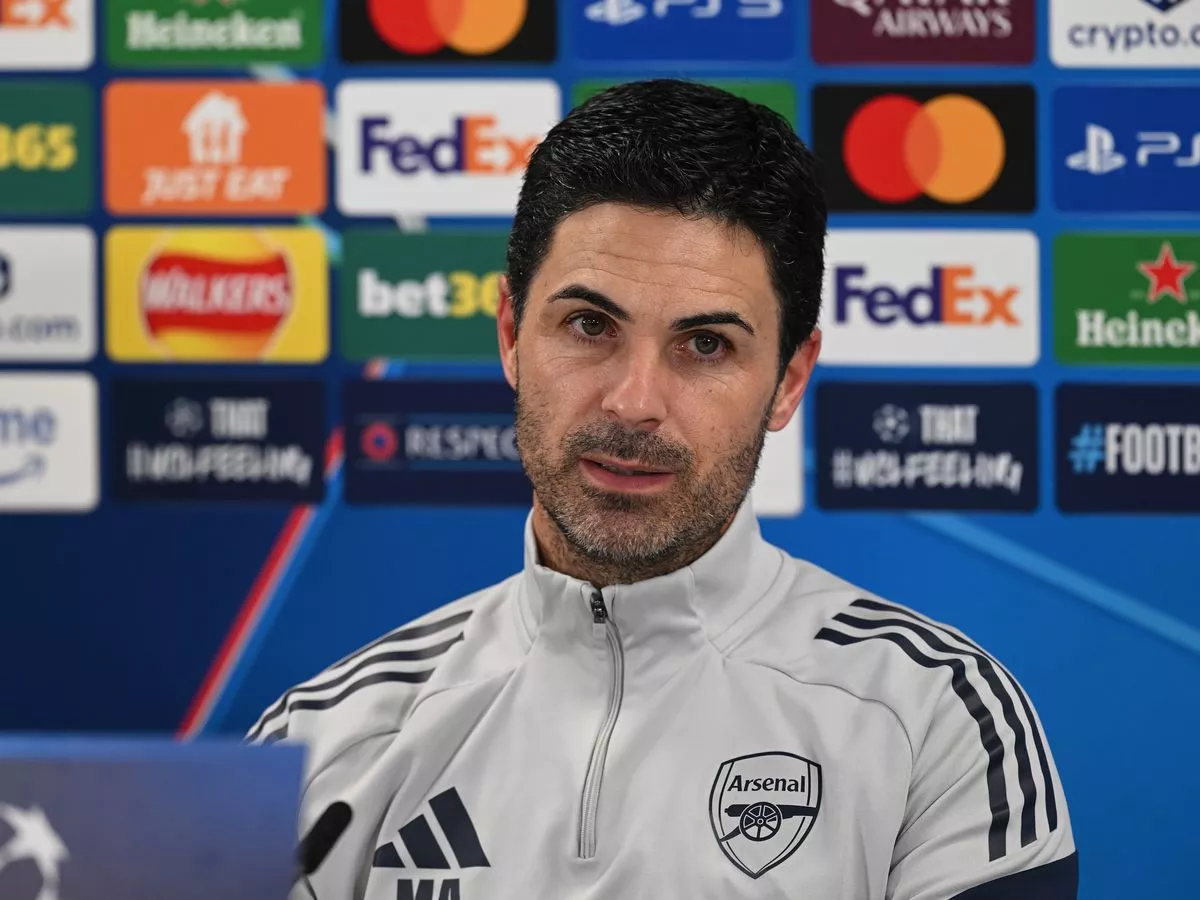Copyright forbes

Photo by Cheng Xin/Getty Images Getty Images Halliburton (NYSE: HAL) shares have jumped 25% in the last five days, significantly exceeding the S&P 500’s 1.7% increase. This surge followed another quarter of solid performance; however, the headline results only provide a partial view of the situation. Beneath the surface, Halliburton’s Q3 2025 results indicate a company quietly adjusting its operations in preparation for the next phase of the oilfield cycle. The oilfield-services leader reported third-quarter revenue of approximately $5.6 billion, a decrease of 2% compared to the previous year, and adjusted earnings of $0.58 per share, which reflects a 21% drop from the year before. Both numbers, nonetheless, surpassed analyst forecasts, showcasing disciplined expense management and robust international demand. Nevertheless, the real revelations lie within the operational metrics that did not dominate news stories, which illuminate Halliburton’s efficiency, visibility, and competitive advantages. That being said, if you seek upward potential with reduced volatility compared to owning an individual stock, consider the High Quality Portfolio. This portfolio has significantly outperformed its benchmark—a combination of the S&P 500, Russell, and S&P MidCap indexes—and has yielded returns exceeding 105% since its inception. What is the reason for this? Collectively, HQ Portfolio stocks have generated superior returns with lower risk compared to the benchmark index, avoiding major swings, as demonstrated in HQ Portfolio performance metrics. Additionally, don’t miss – Is ORCL Stock A Better Pick vs. Peers? Cost Discipline and Margin Leverage Halliburton’s leadership reconfirmed a cost-saving initiative that generates approximately $100 million each quarter, which was announced on October 21, 2025. This initiative highlights the company’s commitment to streamlining operations and safeguarding margins in a fluctuating pricing environment. With North American drilling activity diminishing, those savings act as a crucial buffer against inflation and cyclical challenges. Strength in Backlog Visibility The company’s current backlog exceeds $10 billion, indicating a strong pipeline of secured projects that spans various regions and service lines. For investors, backlog signifies more than just a comfort measure; it represents a metric for projected revenue visibility and the durability of demand, particularly in long-term international endeavors where contracts can last several years. Halliburton’s capability to maintain such a backlog underscores its strategic engagement in stable, higher-margin projects. MORE FOR YOU Technology-Led Efficiency A quieter but equally significant indicator is the adoption of technology. More than half of Halliburton’s active U.S. frac fleet is now operated by its Zeus electric system, representing a significant transition towards lower-emission, higher-efficiency operations. This shift not only reduces fuel expenses but also enhances reliability and aligns with the broader decarbonization objectives of the energy industry. It serves as a competitive differentiator that elevates margins while attracting increasingly sustainability-oriented clients. Supply-Side Discipline Simultaneously, Halliburton has been either idling or retiring non-economic equipment, adopting a more disciplined approach to capacity management. This strategy illustrates maturity in an industry often susceptible to oversupply, indicating that management is prioritizing returns over mere market share. By limiting non-productive capacity, Halliburton bolsters pricing power and safeguards utilization rates in a moderating North American market. Expanding International Reach The company also emphasized several major international contract achievements, including a five-year project in the North Sea and multi-year electric submersible pump (ESP) agreements in Kuwait and Colombia. These long-term contracts reinforce Halliburton’s commitment to entering higher-margin, less cyclical markets and provide a counterbalance to the shorter, more price-sensitive U.S. land sector. The Bigger Picture Although Halliburton’s revenue and EPS exceeded expectations, triggering a notable rally, the underlying narrative is one of structural advancement. Management is curbing costs, enhancing its international portfolio, and leveraging technology to sustain profitability throughout the cycle. These operational indicators, rather than just the earnings figures, suggest that Halliburton is positioned more favorably today to navigate whatever challenges arise in the global energy arena. You might wish to explore the Trefis Reinforced Value (RV) Portfolio, which has outperformed its all-cap benchmark (a combination of the S&P 500, S&P mid-cap, and Russell 2000 indices) to provide solid returns for its investors. What is the reason behind this? The quarterly rebalanced mix of large-, mid-, and small-cap RV Portfolio stocks delivers a flexible strategy to take advantage of favorable market conditions while minimizing losses when markets decline, as described in RV Portfolio performance metrics. Editorial StandardsReprints & Permissions



